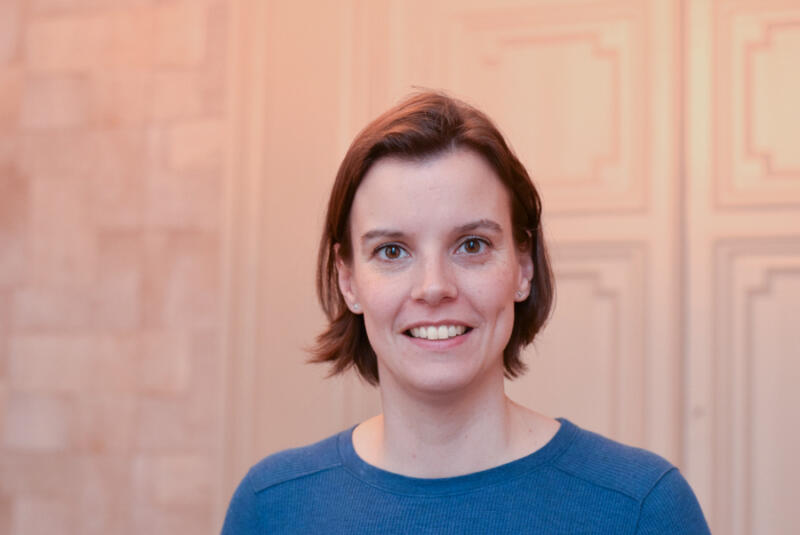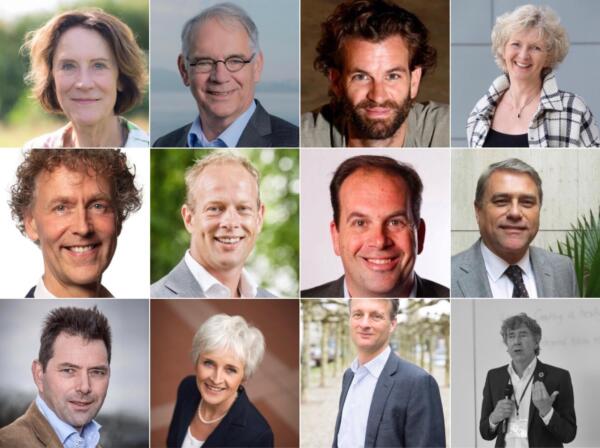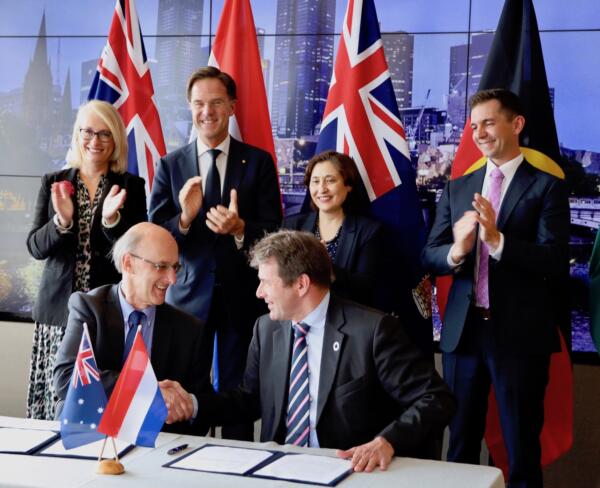Circular economy and the Sustainable Development Goals; grip on a sustainable transition?
July 23, 2020
“Achieving the Social Development Goals (SDGs) cannot be seen in isolation from the current zeitgeist and transitions we are dealing with, such as the move towards a circular economy, if we truly want to achieve a sustainable world that respects our planetary and societal boundaries.”
Says Suzan van Kruchten, writer of the brochure ‘Circular Economy & the Social Development Goals’ and team leader International Climate & Energy at The Netherlands Enterprise Agency. In the blog below, she shares why the circular economy and the SDGs are relevant to each other. Read further!
Disclaimer: Holland Circular Hotspot publishes opinions on CE from a wide range of perspectives in hopes of promoting constructive debate about consequential questions about Circular Economy.

The Sustainable Development Goals; our compass
Adopted by world leaders, the 17 Sustainable Development Goals (SDGs) of the 2030 Agenda for Sustainable Development officially came into force on 1 January 2016. With these Goals that universally apply to all, countries will mobilize their efforts to end all forms of poverty, fight inequality and tackle climate change, while ensuring that no one is left behind.
What makes these seventeen goals unique is their call to action by all countries – poor, rich and middle-income – to promote prosperity while protecting the planet. They recognize that ending poverty must go hand in hand with strategies which build economic growth and which address a range of social needs, including education, health, social protection and job opportunities, while tackling climate change and environmental protection.
In my view, the SDGs are not only set goals, but also an invitation to look at our current system differently. Whereas the SDGs show us a sustainable vision of what a sustainable future would look like (where should we go?), we can use circular economy principles to actually start (re-) design products and services, rethinking sustainable practices by engaging (new) partners, remodel our business models to fulfill the targets set by the SDGs (how do we get there?). We need transitions like the circular economy to achieve the 17 Goals.
Circular economy; lever in our SDG agenda
In ‘CE & the SDGs’, written by the Netherlands Enterprise Agency in collaboration with Holland Circular Hotspot, I explored how the circular economy can contribute to the SDGs. Why these themes are relevant to each other? The circular economy is a concept concerned with lifecycle of materials, keeping value of products and materials as high as possible, as long as possible, in respect for biodiversity, planetary boundaries, societal balance and inclusion. Hence, key elements we find in the SDGs. We will need a fundamental change moving away from the linear world we are living in today, if we truly want to build a sustainable society.By sharing and exploring possibilities and best practices that are already in place, we can start a conversation worldwide, knowing that the SDG framework is leading many countries towards sustainable actions whether this is local, regional or national.
I found that circular practices can be found almost in every aspect of the SDG agenda. Obviously, SDG 12 Responsible consumption and production, is at the heart of the circular economy. But also in our current ‘big themes’ like climate mitigation, climate adaptation as well as the energy transition, a significant role for a systematic change towards a circular economy will be relevant in achieving the related SDGs 13 (climate action) and SDG 7 (clean and affordable energy). But also looking into different sectors and industries, there are circular relations to be found within the SDGs; like regenerative farming (SDG 2 zero hunger) or the manufacturing sector (SDG 9 industry, Innovation and Infrastructure) where new design principles are introduced for expanding the life-cycle of products and materials.
At sub-target level, it will even become clearer. Some of the sub-targets explicitly address circular principles, such as resource efficiency, redesign, and longer use of materials.In my exploration, I eventually linked 11 SDGs to the circular economy, but I am sure that this is not an exhaustive list of direct and indirect connections.
Covid-19; impetus for change?
Writing this blog, I could not avoid looking at the current zeitgeist in which we operate. With the advent of Covid-19 worldwide, we are personally, professionally and socially challenged within a very short period of time.
The COVID-19 crisis shows us that it is possible to make transformational changes fastly, leaving us in a different economy and confronting us with the effects of a globalization of free trade and global value chains. The financial crisis of 2008 has already demonstrated that a severe crisis can have a structural negative effect on globalisation. The coronavirus outbreak could have a similar negative impact.
Leaders from the Club of Rome (e.g. Sandrine Dixson-Declève, Kate Raworth) have recently written, in their reflection on covid-19, a call to action for a sustainable transformation now;
“How leaders decide to stimulate the economy in response to the corona crisis will either amplify global threats or mitigate them, so they need to choose wisely.” – Club of Rome
They mention the risk of making nearsighted decisions that increase emissions and continue to degrade nature in the long term, but also accelerate the transition to resilient, low-carbon economies and nature-rich societies.
In their writing, the leaders of the Club of Rome also mention what the solutions are: investing in renewable energy instead of fossil fuels; investing in nature and reforestation; investing in sustainable food systems and regenerative agriculture; and, shifting to a more local, circular and low carbon economy.
As said by Winston Churchill: “Never let a good crisis go to waste” – crises can spur the creation of a new system that does justice to the SDGs, our global language.
Conclusion
A systematic change towards a sustainable world, as shown by the SDGs, can easily be seen as too far or too soon. I hope the exploration of circular practices in the brochure shows that local, regional and even personal behavior can actually start now, leading us together to new insights, new collaborations and new developments; rather too early than too late.




